Ram Rahman's Photographs in Exhibit at Smithsonian, Washington D.C.
Ram Rahman's photographs are in the collections of Tate Modern, Musee Pompidou, Metropolitan Museum, and the Museum of Modern Art
Photo: Folk singer, Delhi, 1987. Collection of the National Museum of Asian Art, Smithsonian, Washington D.C. © Ram Rahman
June 21, 2025
Ram Rahman is one of seven photographers whose works are currently on display in the exhibit, Body Transformed: Contemporary South Asian Photographs and Prints. The show, at the National Museum of Asian Art, Smithsonian, Washington D.C., runs till August 17, 2025
Rahman’s photos in the show include Folk Singer, above, and Capital Studios, below.
Capital Studios, Delhi, 1988.
Photo Capital Studios, Delhi, 1988. In the collections of the National Museum of Asian Art, Smithsonian, Washington D.C. and The Museum of Modern Art, New York. © Ram Rahman
Rahman’s one man shows include at the Musee Guimet, Paris, 2023. His.photographs have been exhibited at the Musee Pompidou, Paris, 2017, Tate Modern, London, 2021, and Gwangju Biennale, South Korea, 2018. Also, they are in several museum collections including at the Musee Pompidou, Tate Modern, and the Museum of Modern Art and Metropolitan Museum, both in New York, as well as in private collections.
Gandhi march, Delhi, 1995.
Photo Gandhi march, Delhi, 1995. Collection of Musee Pompidou, Paris. © Ram Rahman
Shah Hamadan Dargah, Srinagar, 1990.
Photo: Shah Hamadan Dargah, Srinagar, 1990. Collection of The Metropolitan Museum of Art, New York, © Ram Rahman
Gate, Hyderabad, 1983
Photo: Gate, Hyderabad, 1983. Collection of The Museum of Modern Art, New York. © Ram Rahman
Photo: Gulberg Society ruins and survivors of riot, Ahmedabad, 2002
Photo: Gulberg Society ruins and survivors of riot, Ahmedabad, 2002. Collection of Tate Modern, London. © Ram Rahman
Ram Rahman’s curatorial projects include Sunil Janah: Photographing India 1942-1978, at the Gallery at 678, New York, which was extensively reviewed in The New York Times; The Light Has Gone Out- The Photography of Gandhi’s Assassination, Jawahar Bhavan, Delhi, 2023; and Building the Modern - Architecture of Delhi 1947-1970s, Kiran Nadar Museum of Art, Delhi, 2017.
Rahman’s photographs are in several books, including A Work of Beauty: the Architecture and Landscape of Rashtrapati Bhavan, (official residence of the President of India), Government of India, 2016. He has been a guest lecturer at the Pompidou, Tate Modern, Museum of Modern Art, as well as at Columbia University, New York, Somaiya University, Mumbai, and other universities in India and the United States.
Born in Delhi, Rahman, 70-years-old, finished high school from the Modern School, New Delhi. He earned an MFA from Yale University, 1979, and a Bachelor of Science degree from the Massachusetts Institute of Technology, 1977.
“Working in the 1980s, Ram Rahman photographed two folk performers to make pictures that are perhaps the show’s most traditional,” wrote Mark Jenkins, reviewing the show, at the National Museum of Asian Art, Smithsonian, in The Washington Post.
The other South Asian photographers in the show are Clare Arni, Jitish Kallat, Naveen Kishore, Pushpamala N., Rashid Rana, and Vivek Vilasini. The exhibit also includes prints by Chitra Ganesh, Jyoti Bhatt, and Krishna Reddy. The works are gifts to the museum by Umesh and Sunanda Gaur.
A brief conversation with Ram Rahman on his photography:
Global Indian Times: How did you get interested in photography?
Ram Rahman: My architect father, Habib Rahman, was an excellent photographer. So I grew up in a house very aware of photography. When I was an undergraduate at MIT, studying physics, I started taking lessons in the photography lab. I had super teachers and was exposed to the history of photography and was seduced. I also took classes in art and architecture history at Wellesley College and Harvard University and had incredible teachers.
GIT: What do you seek to portray in your works? Assume this has changed over time?
Ram Rahman: I did architectural photography professionally but my personal work was essentially social documentary and primarily in black and white. My personal work is a document of my interactions with the artistic and performance communities as well as my activist avatar involved in the academic and social communities.
Yes, my practice changed with the coming of digital technology. Now I shoot mainly with iPhone cameras.


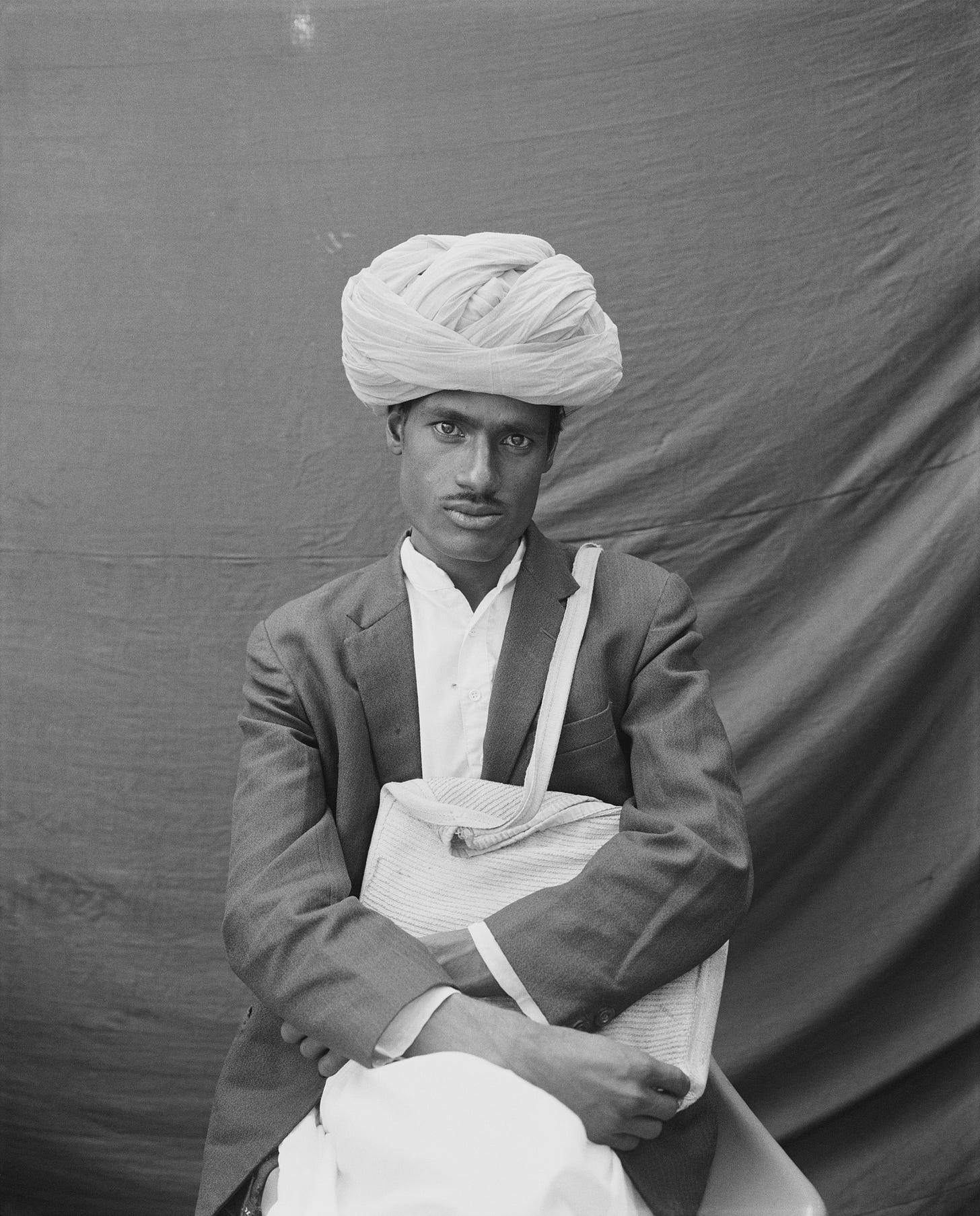
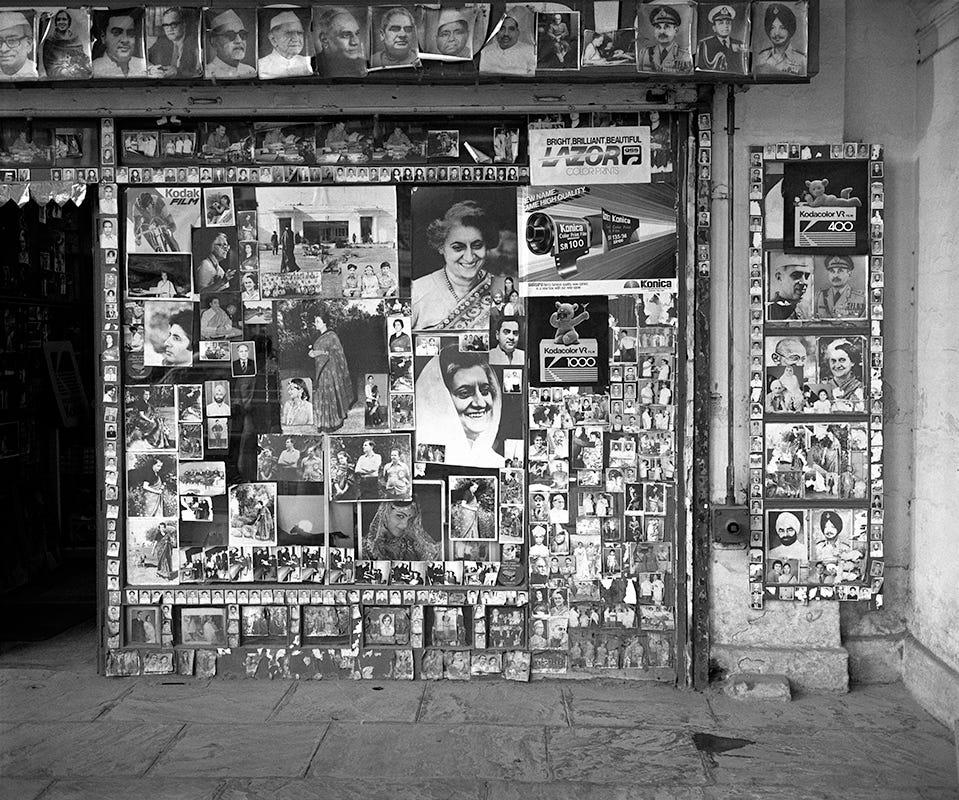
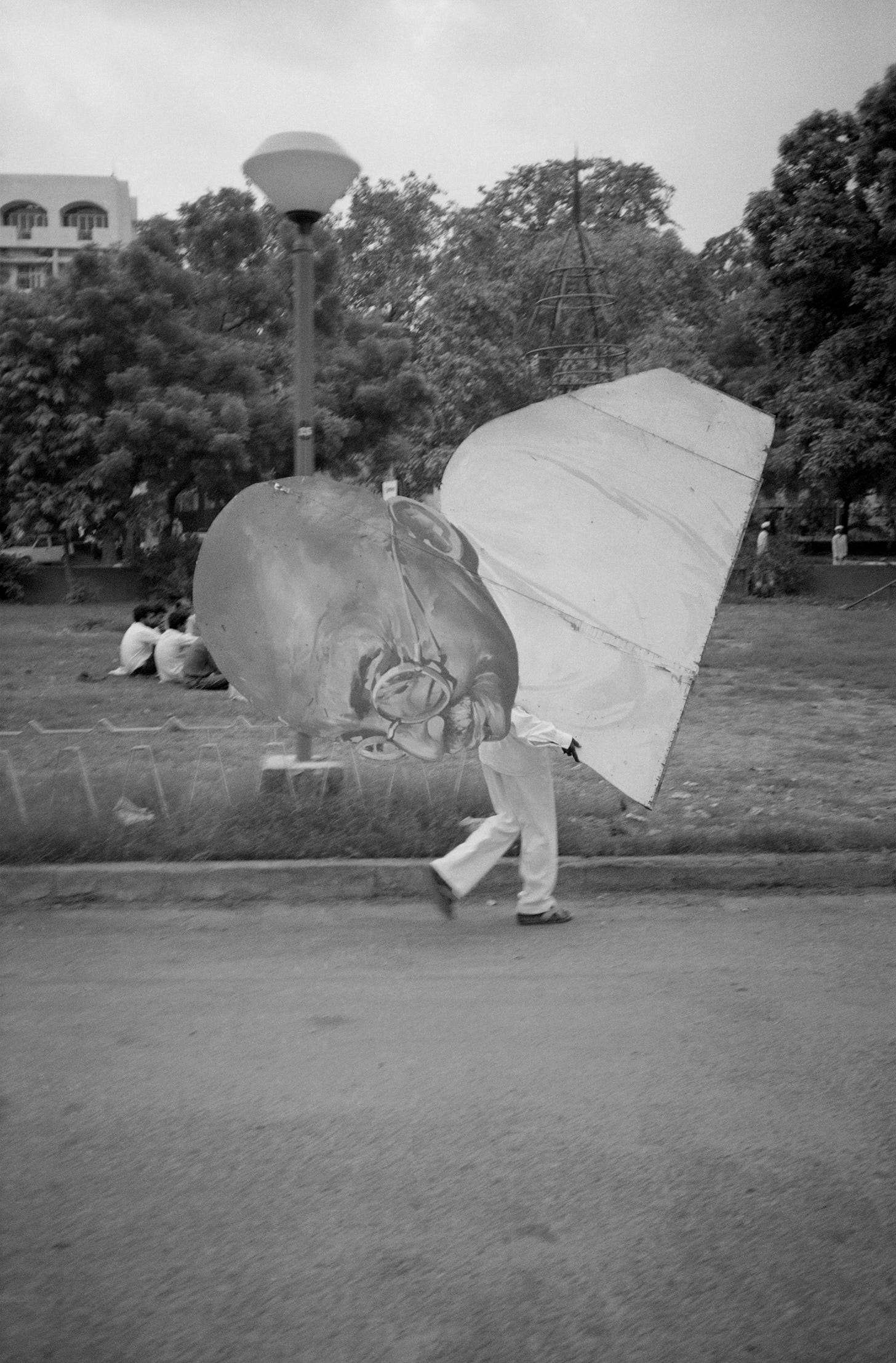
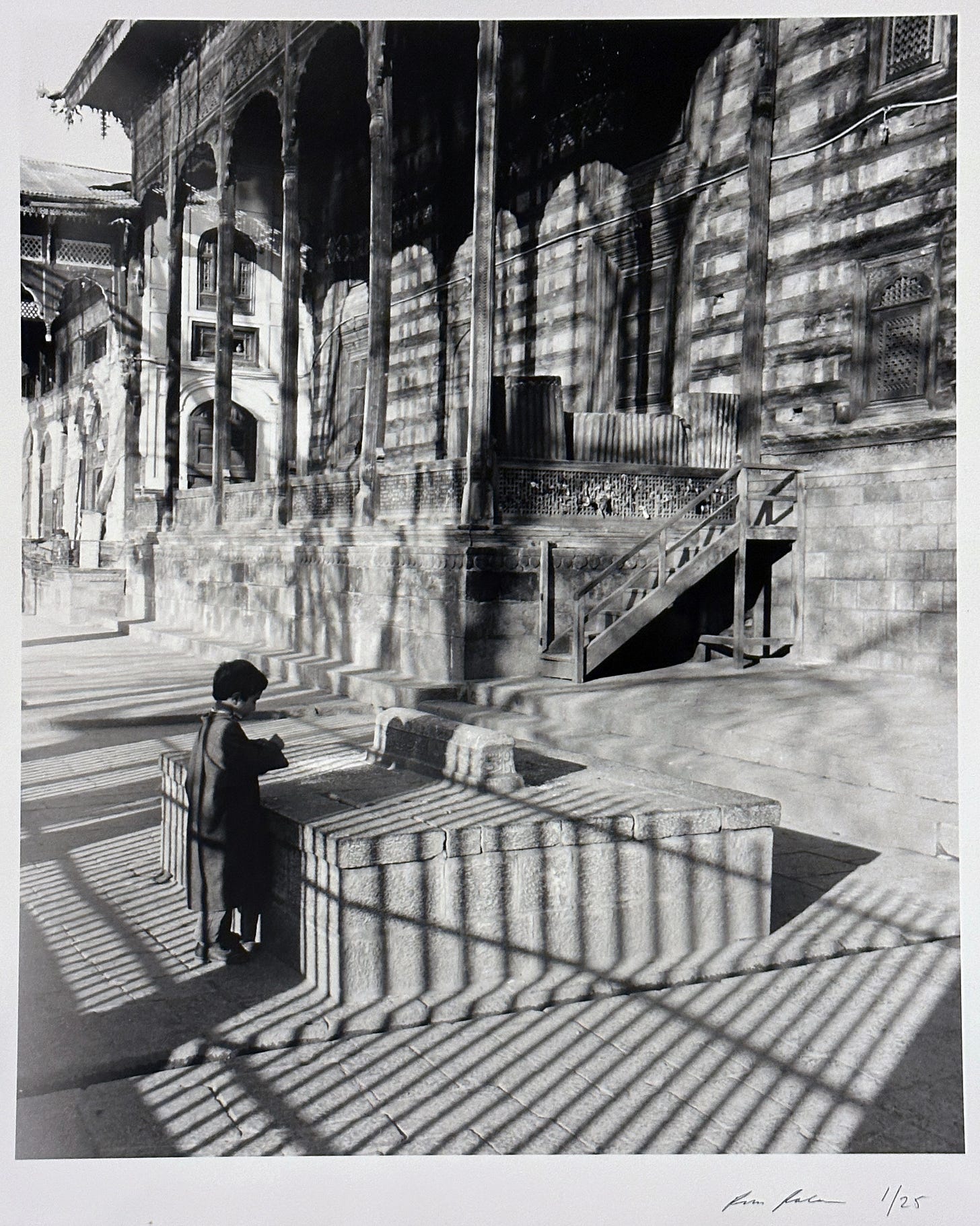
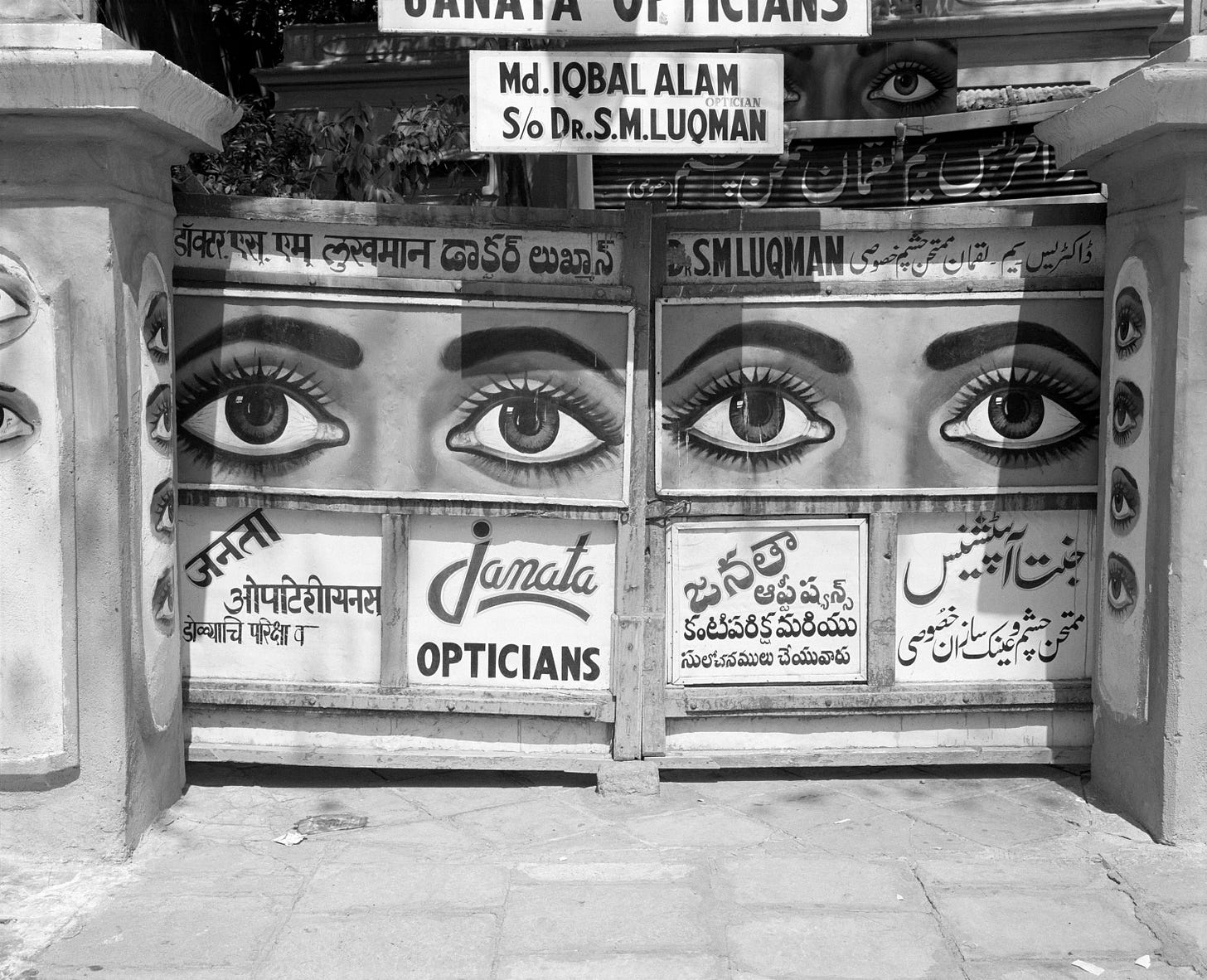
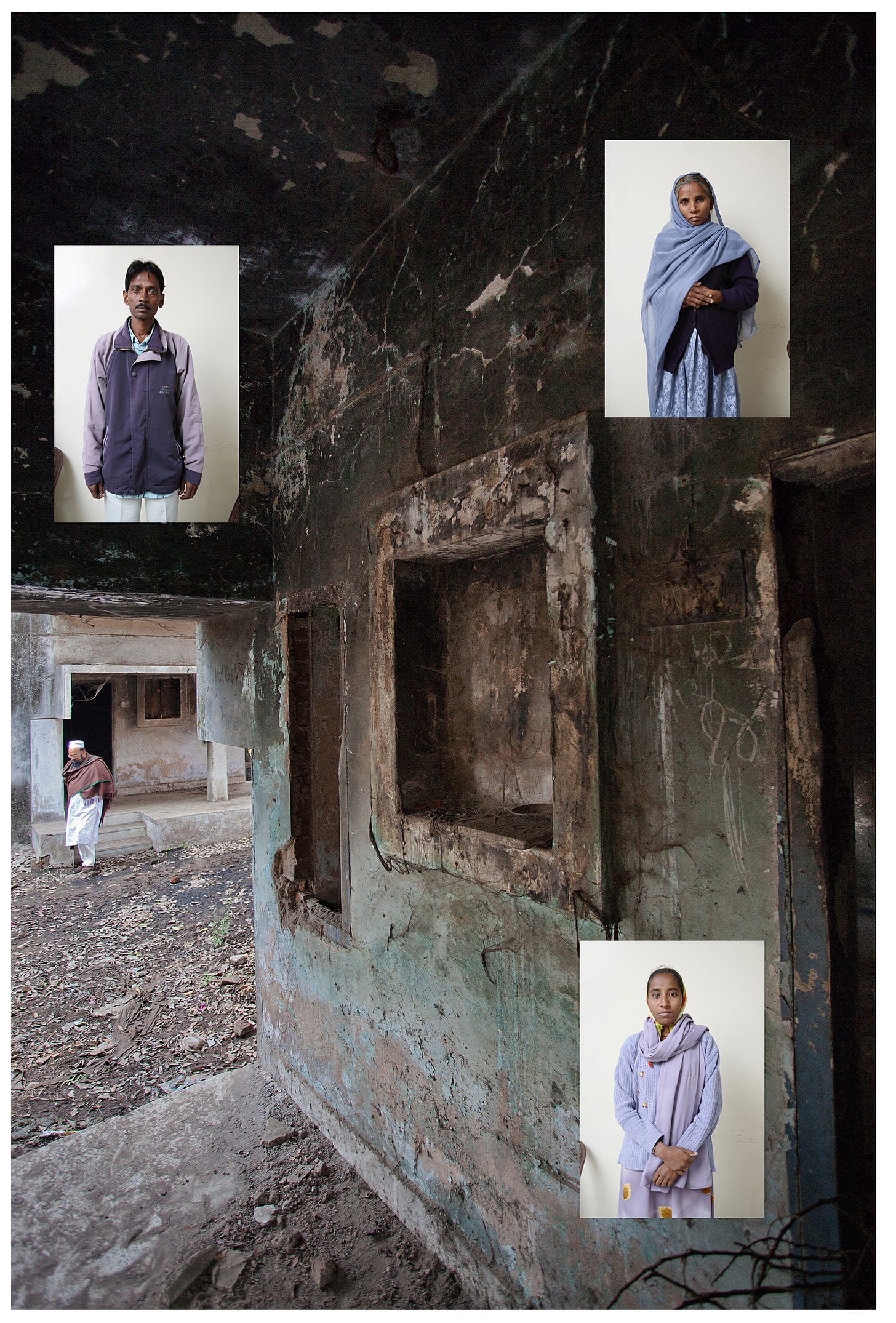
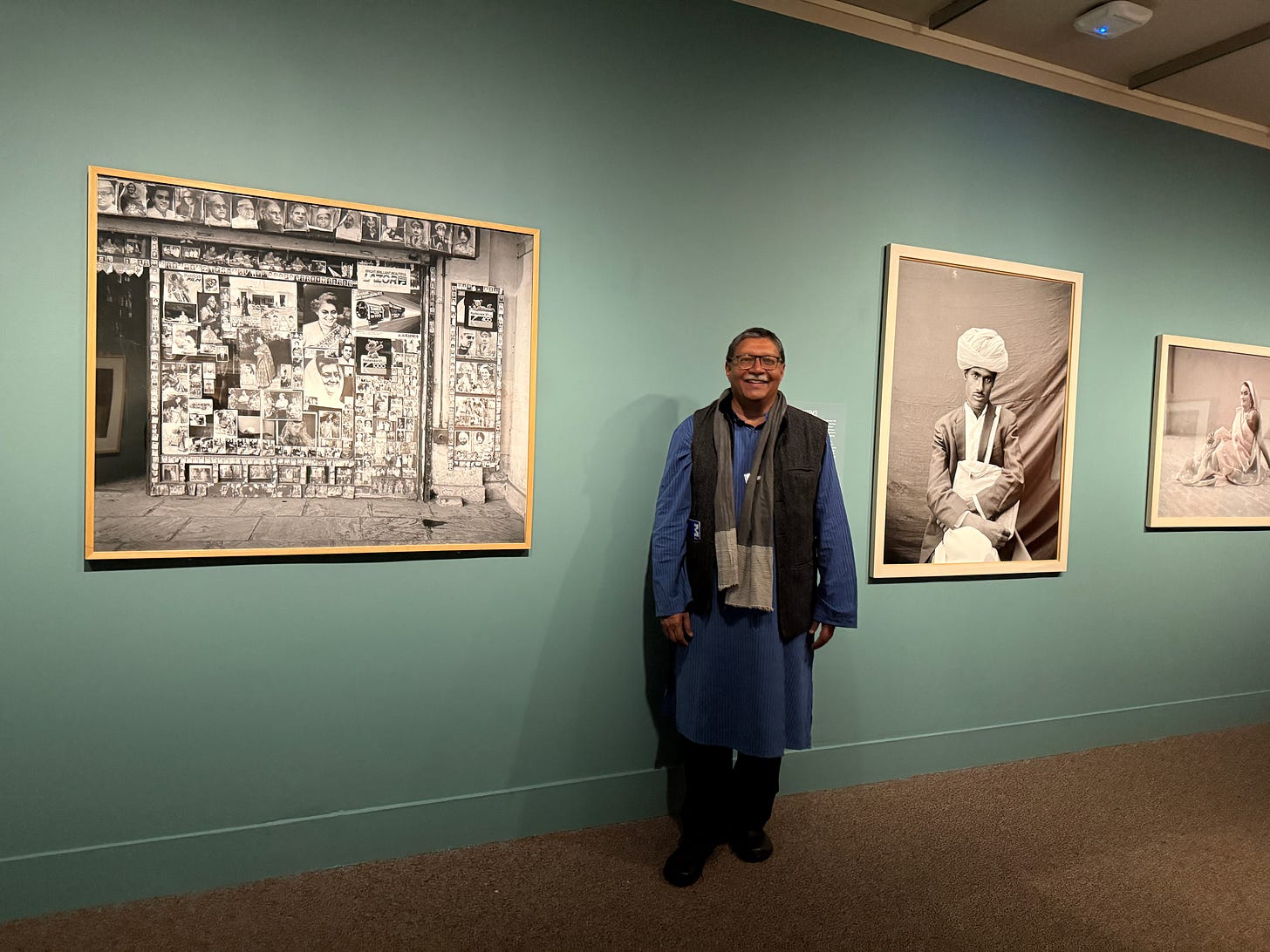
Thank you for bringing the exhibit and the photographer Rashid Rana to the attention of your readers. Incredible!
This exhibit is a “must see” given the artists featured and the sample of works posted online. Krishna Reddy’s works works were featured at a comprehensive exhibit at The Print Center in NYC this spring.